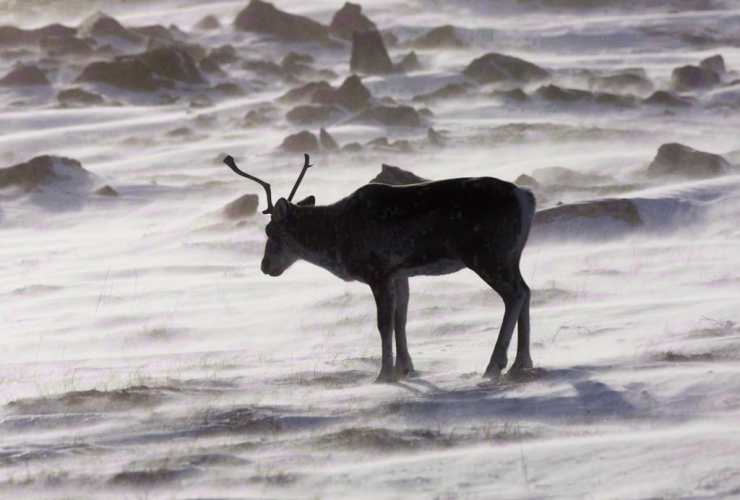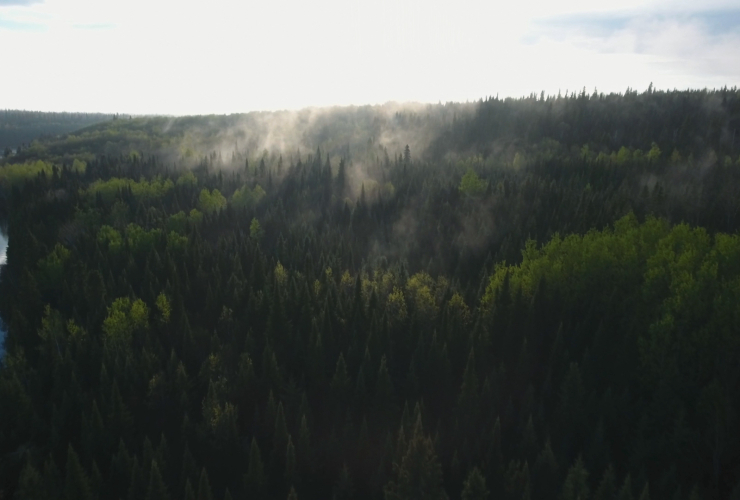Deer biologists across northern New England are dusting off their plans for dealing with a fatal disease that has been spreading across North America for a half-century and was recently discovered again on a Canadian game farm.
Chronic wasting disease has never been found in Vermont, New Hampshire and Maine, and biologists hope the single case discovered in a captive deer just north of Montreal can be contained through aggressive monitoring and culling of wild deer in the area while they test to see whether the disease has infected the wild population.
"If they find it in the wild, then the freak-out factor goes through the roof because at that point, it's only a matter of time before it spreads," said Nick Fortin, deer biologist for the Vermont Department of Fish and Wildlife.
The discovery comes as the states embark on annual fall deer hunts.
Chronic wasting disease, which always kills infected deer and related animals, is similar to mad cow disease, which affects cattle. Both diseases can contaminate forage plants and build up in soil, where they can remain for years.
It is not known to affect humans, but officials worry it could, over time, damage or destroy deer herds.
Vermont and many other states have prohibited hunters from bringing into the state deer, elk or parts of deer from areas that have reported chronic wasting disease or from captive hunt or farm facilities. Hunters can return with some processed parts of the animals. Vermont and a number of states have also banned the sale of deer urine, which is used a lure.
Since it was first recognized in captive mule deer in Colorado about 50 years ago, chronic wasting disease has slowly spread to more than two dozen states and a number of Canadian provinces. States have spent millions trying to halt that from happening.
Some feel that's too much money to spend when little is known about the disease. Shawn Schafer, executive director of the North American Deer Farmer Association, said the organization supports many of the restrictions on the movement of deer carcasses, but he feels not enough science has been done to determine the scope of the disease.
While biologists fear that once it the disease reaches an area it could be there to stay, but a 2005 outbreak in central New York was contained quickly and it hasn't been detected in the state since.
Patrick Martin, a wildlife biologist for the New York State Department of Environmental Conservation who is in charge of the wildlife health unit, said a routine test discovered the 2005 case in a deer from a captive deer farm. A second infected animal was then found on another farm.
Wildlife officials subsequently killed about 500 deer in the area and found two more deer infected wild deer. But the aggressive approach, which cost about $1 million, appears to have worked. Since then New York has tested extensively and there have been no additional cases.
"It was a perfect storm for why it got there. It was kind of dumb luck that we able to take all the animals that were exposed," Martin said. "The advantage was we found it early."





Comments